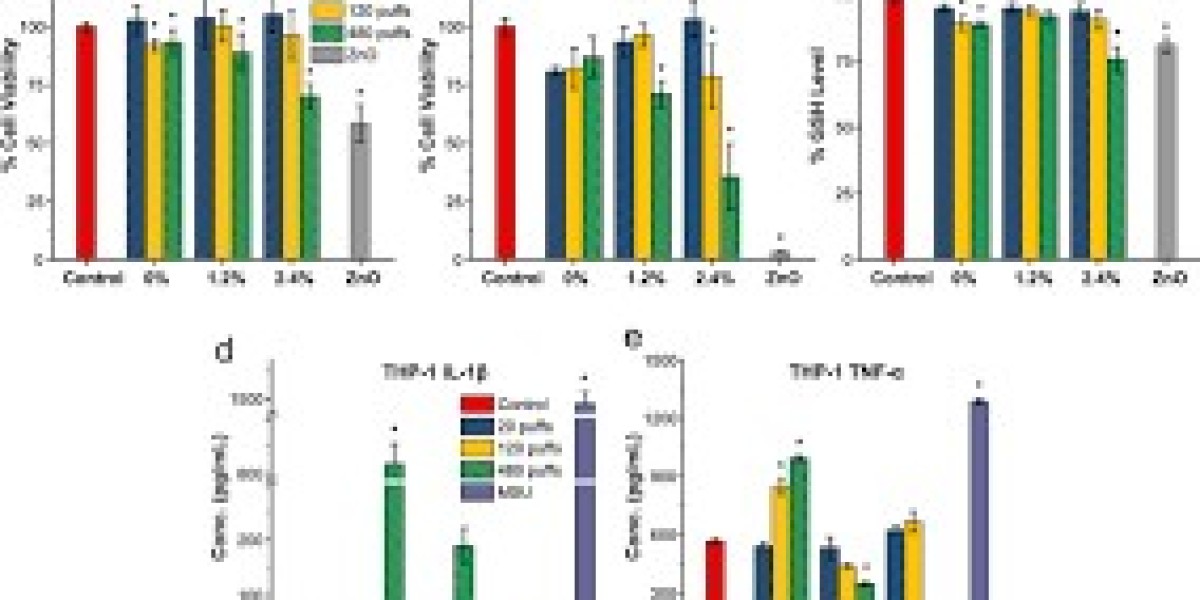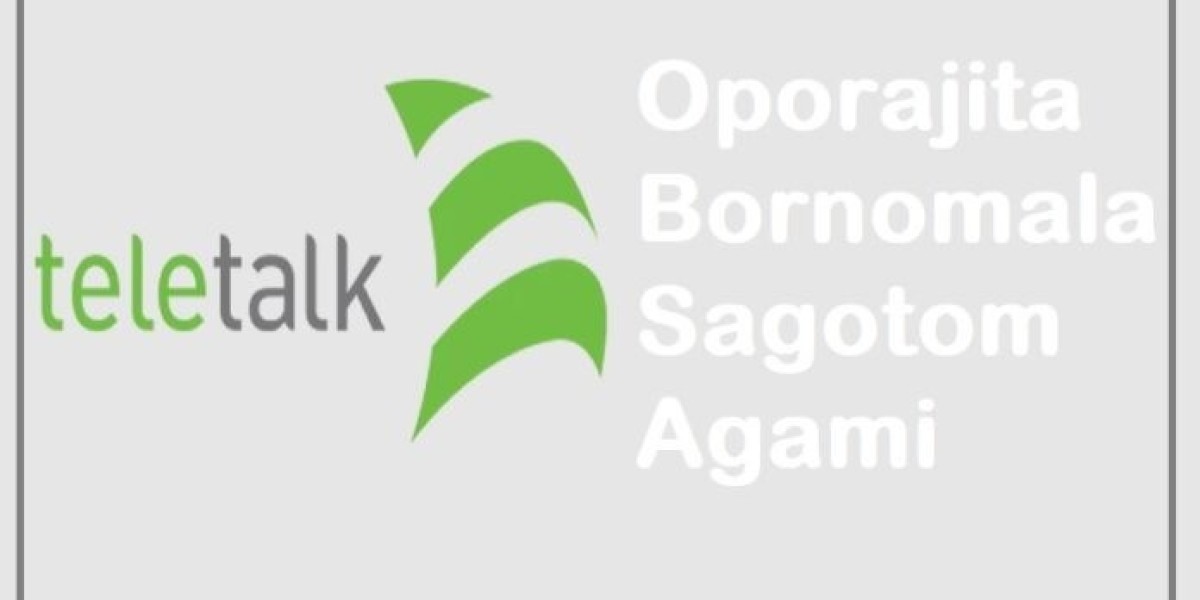Staking derivatives have emerged as an innovative financial instrument within the realm of decentralized finance (DeFi). These derivatives allow users to leverage their staked assets, typically cryptocurrencies, while still earning staking rewards. In this comprehensive discussion, we will explore what staking derivatives are, how they work, the benefits and risks associated with using them in the cryptocurrency market, and their contributions to the growth, innovation, and accessibility of decentralized finance ecosystems.
What is a Staking Derivative?
A staking derivative is a financial product that allows cryptocurrency holders to stake their assets and generate additional returns through leverage. Staking refers to the process of locking up cryptocurrencies to support the operations of a blockchain network, such as validating transactions or participating in governance. Stakers are typically rewarded with additional tokens for their contribution. Staking derivatives enable users to retain ownership of their staked assets while using them as collateral to access liquidity or engage in other financial activities.
How Do Staking Derivatives Work?
Staking derivatives work by creating a synthetic representation of staked assets that can be used as collateral in decentralized lending and trading platforms. This is achieved through smart contracts and protocols built on blockchain networks. Users lock up their staked assets in a smart contract and receive a derivative token that represents their stake. This derivative token can then be used as collateral for borrowing other assets, trading on decentralized exchanges, or participating in other financial activities within the DeFi ecosystem.
Benefits of Staking Derivatives:
Liquidity Provision: Staking derivatives allow cryptocurrency holders to access liquidity without having to sell or unstake their assets. This provides flexibility and convenience, enabling users to participate in various financial activities while still earning staking rewards.
Leverage and Yield Enhancement: By using staking derivatives as collateral, users can leverage their staked assets to access additional capital or assets. This opens up opportunities for yield enhancement through activities such as lending, trading, or providing liquidity in decentralized markets.
Diversification: Staking derivatives provide a way for users to diversify their cryptocurrency holdings and engage in different DeFi protocols and opportunities. Instead of being locked into a single staking project, users can leverage their staked assets across multiple platforms, maximizing their earning potential and exposure to different ecosystems.
Risk Management: Staking derivatives can offer risk management benefits by providing users with additional collateral and liquidity. This allows users to hedge their positions or take advantage of arbitrage opportunities while minimizing the risk of being fully exposed to a single asset or staking project.
Capital Efficiency: Staking derivatives improve capital efficiency by allowing users to access liquidity without having to unstake their assets. This capital efficiency encourages the growth of DeFi ecosystems and enables users to maximize their overall returns and participation in various decentralized financial activities.
Risks Associated with Staking Derivatives:
Smart Contract Risks: Staking derivatives rely on smart contracts and protocols, which may contain vulnerabilities or bugs. Smart contract risks, such as coding errors or security vulnerabilities, can result in financial losses for users. It is crucial for users to thoroughly review the code, audit reports, and security practices of the protocols they engage with.
Market Volatility: Like other financial instruments, staking derivatives are exposed to market volatility. Fluctuations in the value of staked assets or borrowed assets can lead to potential losses, liquidation events, or increased collateral requirements. Users should carefully assess the market conditions and associated risks before engaging in leveraged activities.
Counterparty Risks: Staking derivatives rely on decentralized lending and trading platforms, which involve interacting with other participants in the DeFi ecosystem. Users face counterparty risks, such as the risk of default or insolvency of these platforms or other participants. It is important to conduct due diligence on the platforms and protocols used and consider the reputation, security, and reliability of the counterparties involved.
Impermanent Loss: Staking derivatives that involve liquidity provision, such as supplying assets to decentralized exchanges or liquidity pools, carry the risk of impermanent loss. Impermanent loss occurs when the value of the staked assets relative to the assets in the pool fluctuates, resulting in a temporary reduction in overall value compared to simply holding the assets.
Contributions to the Growth of DeFi:
Increased Accessibility: Staking derivatives contribute to the accessibility of decentralized finance by allowing users to participate in various DeFi activities without the need for significant capital or technical expertise. It enables a broader range of users to leverage their staked assets, access liquidity, and engage in financial opportunities within DeFi ecosystems.
Enhanced Yield Opportunities: Staking derivatives provide users with additional avenues for yield generation and capital utilization. By enabling leverage and collateralization of staked assets, users can unlock the potential for higher returns while still participating in the staking process. This incentivizes greater participation in DeFi ecosystems and promotes overall growth and innovation.
Innovation and Experimentation: The emergence of staking derivatives reflects the ongoing innovation and experimentation within the DeFi space. These derivatives open up new possibilities for financial engineering and the development of sophisticated DeFi products. The exploration of staking derivatives encourages developers, entrepreneurs, and users to push the boundaries of decentralized finance, driving innovation and expanding the possibilities of what can be achieved within these ecosystems.
In conclusion, staking derivatives provide a means for cryptocurrency holders to leverage their staked assets while still earning staking rewards. By using staking derivatives, users can access liquidity, diversify their holdings, enhance yield opportunities, and manage risks within the decentralized finance landscape. However, it is important to note the risks associated with staking derivatives, such as smart contract vulnerabilities, market volatility, and counterparty risks. Overall,







